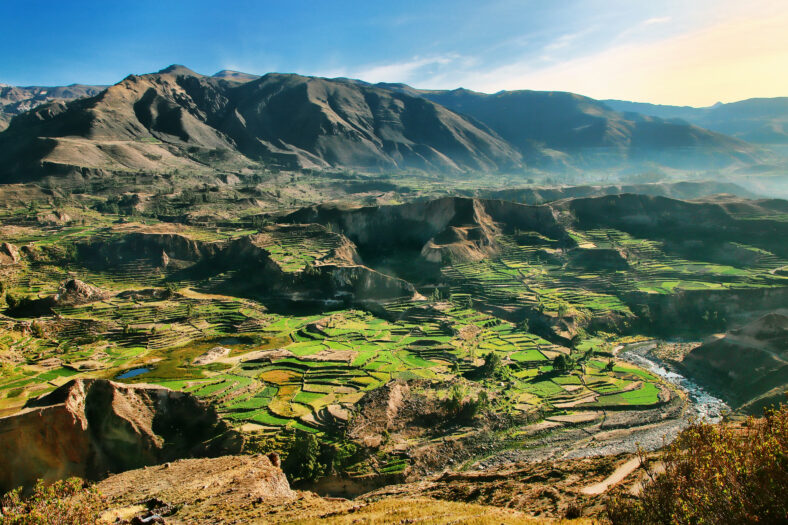Battle-Scarred Skeletons Found In Peru Provide A Look Into A Puzzling Ancient Civilization

A large circular stone tomb filled with the skeletons of 24 men, women, and children who died in battle has recently been unearthed in the Atico River Valley in southern Peru. They were interred in various stone enclosures, and all appeared to have died from traumatic injuries.
Researchers from the Institute of Archaeology at the University of Wroclaw in Poland discovered the burials last fall on the El Curaca archaeological site located near Peru’s Pacific coast. Artifacts found in the graves indicate that they are from the Chuquibamba culture, also known as the Aruni.
The remains were wrapped in textiles. Pottery fragments, corn cobs, and artifacts made of stone, bone, and wood were buried alongside them.
It is believed that the individuals were buried with honor as part of a funerary ritual since they were interred with such valuable grave goods.
They were most likely killed during a battle that the Chuquibamba won. It was interesting that even children took part in the armed conflict.
The Chuquibamba inhabited the region between about 1000 and 1450 C.E. Their society came before and later coexisted with the Inca Empire, which was in control of the Peruvian highlands during the 15th and 16th centuries, per the Metropolitan Museum of Art.
Not much is known about the Chuquibamba beyond the petroglyphs they left on cave walls in the area. It was only in recent years that their culture was determined to be different from the Inca.
The researchers created 3D models of the skulls and preserved the textiles found at the El Curaca site. El Curaca is located north of the Chuquibamba’s center in the Majes River Basin.
The Chuquibamba were skilled weavers. Several examples of their work have survived today, including tunics and a fringed bag that once carried coca leaves, which many South American Indigenous groups chewed as a narcotic.

Sign up for Chip Chick’s newsletter and get stories like this delivered to your inbox.
Many of the fabrics were made of camelid fiber, likely from alpacas. They were intricately patterned with multiple colors and repeating motifs.
In 2017 and 2019, a Polish and Peruvian archaeological expedition surveyed the Atico basin. The team came across caves filled with paintings and remnants of hunter-gatherer settlements.
At El Curaca, the ceramics that were uncovered closely resembled pottery found in the Tambo and Quilca valleys in Peru.
Chuquibamba pottery is usually dark red with black linear patterns. It often depicts designs like birds, camelids, and stars with eight points.
The research team is continuing their work in Peru until the end of April, documenting everything they find. The ongoing research project is funded by the National Science Centre of Poland.
In the future, ancient DNA will be analyzed to learn more about the pre-Inca archaeological cultures of the Atico River Valley region.
More About:News





